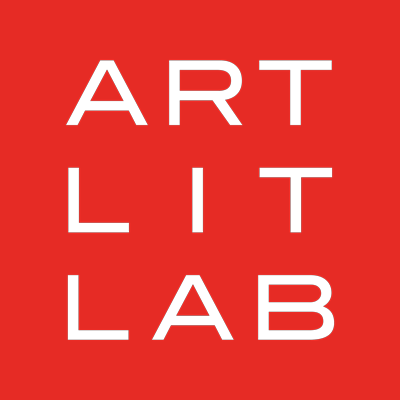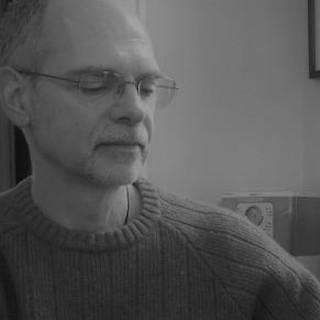Kate Davidson is one of two recipients of the 2024 ALL Prize, awarded to graduating MFA students at the UW-Madison. Her thesis exhibition A House in the Clouds was recently on display at ALL.
In describing her work for a recent interview, Davidson said, “I typically use words like 'lightweight rather than the more loaded 'precarious,' and I think more about the act of care (careful balancing, careful adjustment, careful looking) than I do about the possibility of fragile objects breaking. While some of my work might be described as ephemeral, I don’t see my pieces as focusing on or documenting things we have one moment and lose the next. Instead, I’m more inspired by the word root “-hap-,” which comes from Old Norse and means luck, or chance: Hapless, haphazard, happening, happenstance, mishap, perhaps, and happiness. What we come across and find, rather than what disappears a moment later."
Q: In “Skyscapes” and “Tether Lines,” two pieces in the installation, I sensed a parallel to your earlier academic studies of religion and immigration. The changeable, ephemeral quality of the shadows cast on the walls by the mobiles, and the kite strings leading to these shadows, led me to think of the way some religious groups carry their faith with them as they migrate. Did your religious studies enter into the development of these two pieces?
A: My background in religious studies plays a larger role in the way I think about architecture and installation generally, rather than as context for these particular pieces. Sound, echoes, light, and volume of space are all qualities explored by historic and contemporary religious structures. They impact our impressions of a building and can change the way we feel within a space.
While architecture is definitely a major theme in my work, the pieces in this exhibition actually have more to do with my background in construction and carpentry than my academic training in undergrad. I often attribute my experience working in the trades as the catalyst for my transition into art, imbuing me with an interest in problem solving and material intelligence that has continued with me today. I’m fascinated by how and why things work and how that helps us learn about our environment.
For “Skyscapes” and “Tether Lines,” I was thinking about our own personal experiences of feeling rooted — whether to particular people, communities, legacies, or homes. Kites, as objects that require internal balance and tension in their materials and are also deeply dependent on their environment, felt like a rich metaphor for this idea. Their flight is possible specifically because of the lightweight string line that connects them back down to earth, linking them to something stable. I wanted to create an imaginative piece that celebrated both freedom of movement as well as a gentle tether back to the ground.
Q: For me, "Aggregate (Ten Thousand Experiments)” seemed to represent individuals dwelling together somewhere and conversing. The piece certainly invites conversation. Some objects reveal their details only after closer, patient observation. Some of them have slightly hidden compartments. I noticed this was a feature in some of your earlier woodwork projects. This suggests a motif that asks us to look closer. Could you comment on this?
A: I think many artists, designers, and makers are trying to create work that invites closer looking. Throughout my exhibition some of the installations were louder, brighter, and easier to see, while others were quieter — asking people to spend time with a space or landscape in order to really notice what was there. In “Aggregate,”; there are lots of different types of items, including ones made from paper, wire, string, and wood. My goal was to create a piece that felt like a three-dimensional sketchbook, a record of three years of making. As a whole, the piece is a visualization of the tests, curiosity, and experiments that are so much a part of my studio work. I wanted it to feel like there were too many places for the eye to look, but the more time you spent with it, the more details you found.
Q: I was curious about the height/placement of “Aggregate (Ten Thousand Experiments).” The objects on some of the upper shelves can be seen only from a distance. Does this symbolize those highly subjective, personal, and unformed ideas that each of us might be incubating?
A: My goal with the exhibition was for it to feel like it moved easily and seamlessly from the real to the imagined. Some parts of the installations were based in function, in the material and physical world, and others were intangible, based on shadows, reflected light, or something fictional that my eye might add to the landscape. The height of the shelves is rooted in this idea. The shelves themselves are highly functional. As a woodworker, I built simple, working surfaces, like ones you might see in my own studio. But I then populated them with internal imaginings, scaleless experiments, and play. The size of the piece leaned into that irrationality and scale-shift, with some items far out of reach or easy sight. I wanted the height to add some immensity and wonder to what might otherwise be straightforward “items on a shelf.”

